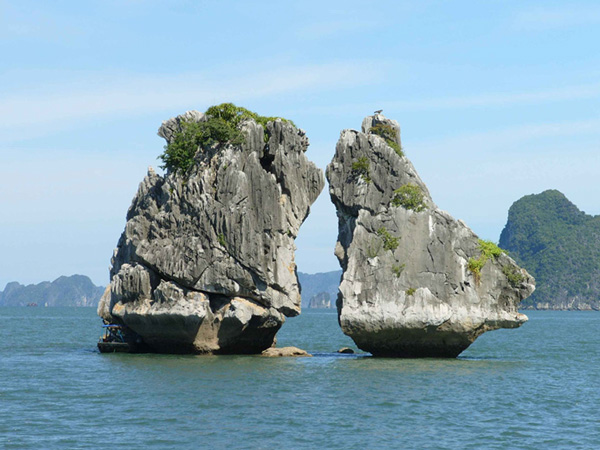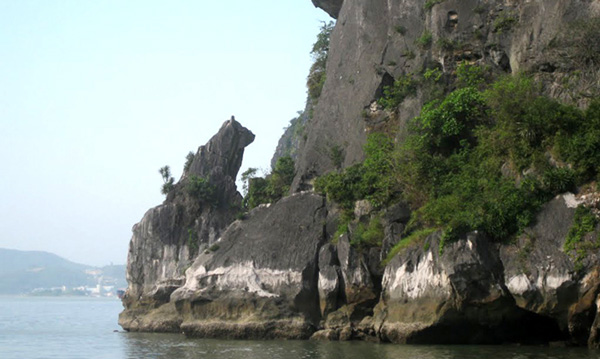Exploring the Iconic Rock Formations of Halong Bay
Halong Bay and Lan Ha Bay, located in northeastern Vietnam, are renowned for their breathtaking landscapes, characterized by thousands of towering limestone karsts and islets rising from emerald waters. These unique geological formations have captivated travelers worldwide, offering a glimpse into Earth’s ancient past and the natural artistry sculpted over millions of years.
Iconic Rock Formations in Halong Bay
Halong Bay, a UNESCO World Heritage Site, boasts over 1,600 limestone islands and islets. These formations are the result of complex geological processes spanning more than 500 million years, involving tectonic movements, sea-level changes, and the gradual erosion of limestone by wind and water. The bay’s karst landscape is a testament to the power of natural forces in shaping the Earth’s surface.
Among the myriad limestone pillars, several formations stand out due to their distinctive shapes and the legends associated with them:
- Fighting Cock Islet (Hòn Gà Chọi): Perhaps the most famous symbol of Halong Bay, this formation resembles two roosters mid-fight, facing each other. It has become an emblematic image representing the bay’s unique beauty.

- Stone Dog Islet (Hòn Chó Đá): This islet is named for its resemblance to a stone dog sitting atop the waters, symbolizing protection and loyalty in Vietnamese culture.

- Thumb Islet (Hòn Ngón Tay): Shaped like an upraised thumb, this formation is often seen as a gesture of encouragement and positivity.

Notable Formations in Lan Ha Bay – The Serene Neighbor
Adjacent to Halong Bay, Lan Ha Bay is a tranquil alternative, encompassing over 300 limestone islets and karst formations. While geologically similar to Halong Bay, Lan Ha Bay is distinguished by its numerous white sandy beaches nestled between limestone pillars, offering secluded spots for relaxation and exploration.
Among Lan Ha Bay’s captivating landscapes, several rock formations are particularly noteworthy:
- Turtle Islet (Hòn Rùa): This small islet resembles a swimming turtle and is located near the route from Ben Beo Pier to Viet Hai Village. Covered with lush greenery, Turtle Islet maintains its vibrant appearance throughout the year.

- Pen Islet (Hòn Bút): Also known as Bell Islet (Hòn Chuông) or Candle Islet (Hòn Nến), this limestone formation resembles an upright pen emerging from the sea. Standing approximately 30 meters tall, its base has been sculpted by centuries of wave erosion into a distinctive shape. According to local legend, this islet was a gift from the dragons who created the bay, symbolizing knowledge and wisdom for future generations.

- Frog Islet (Hòn Ếch): This formation resembles a frog poised to leap, lending its name to the surrounding area known as Frog Pond. The frog-shaped rocks here are emblematic of Lan Ha Bay’s whimsical topography.

- Resting Buddha Islet: This rock formation bears a striking resemblance to a reclining Buddha, symbolizing serenity and adding to the spiritual ambiance of the bay.
Preserving the Natural Heritage
The unique rock formations of Halong Bay and Lan Ha Bay are not only geological wonders but also cultural treasures. Their preservation is vital for maintaining the area’s natural beauty and ecological balance. Sustainable tourism practices, such as minimizing environmental impact and supporting conservation efforts, are essential to ensure that these magnificent landscapes endure for future generations.



